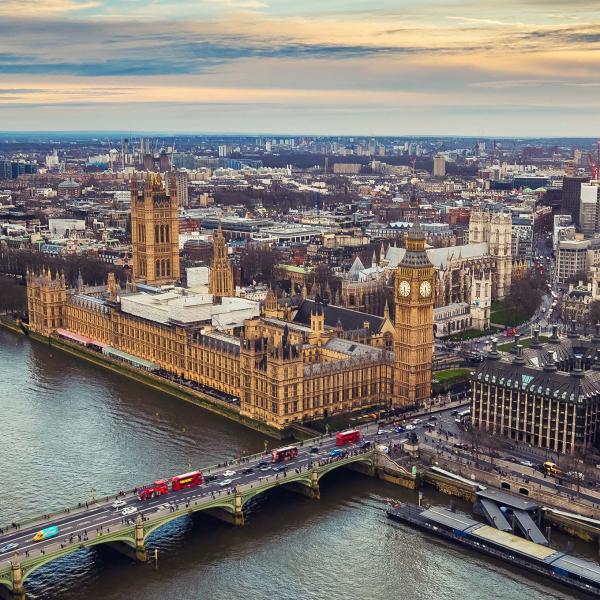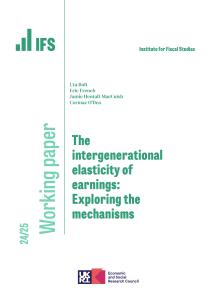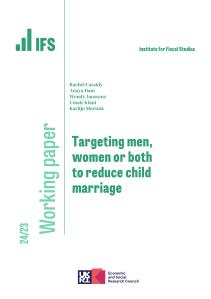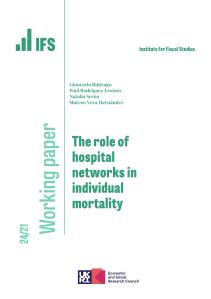This study pairs variation stemming from volcanic eruptions from Kilauea with the census of Hawai‘i’s public schools student test scores to estimate the impact of particulates and sulfur dioxide on student performance. We leverage spatial correlations in pollution in conjunction with proximity to Kilauea and wind direction to construct predictions of pollution exposure at each school. We precisely estimate that increased particulate pollution leads to a small but statistically significant drop in average test scores. Then, utilizing Hawai‘i’s rich diversity across schools in baseline exposure, we estimate sharp nonlinearities schools with higher baseline levels of pollution experience larger decreases in test scores than schools with less pollution exposure on average. At levels of particulate pollution higher than six micrograms per cubic meter (μg/m3), we estimate that a one standard deviation increase in PM 2.5 leads to a decline in test scores of 1.1 percent of a standard deviation. Lastly, we find that within schools the drop in test scores is concentrated among economically disadvantaged students. The effects of PM2.5 on student test scores are larger by a factor of ten for the poorest pupils. Similarly, the effects of SO2 are larger by a factor of six. We demonstrate that poor air quality disproportionately impacts the human capital accumulation of economically disadvantaged children.











